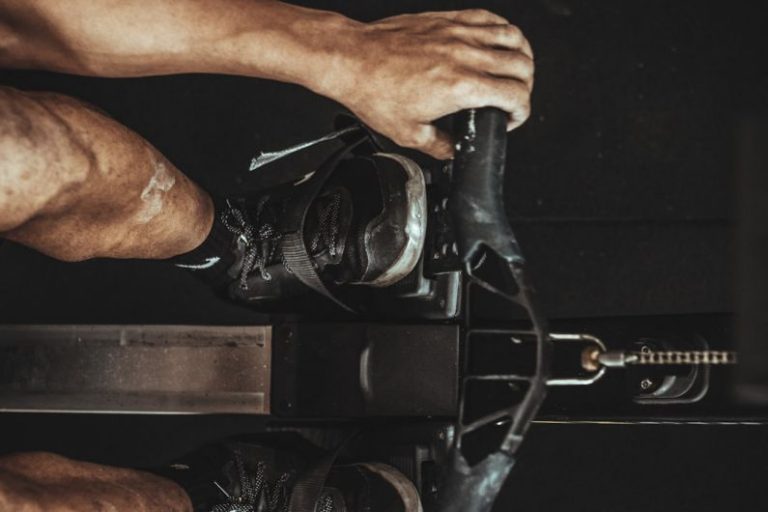
Rowing is an exceptional full-body workout that engages multiple muscle groups and provides an effective cardiovascular exercise. However, like any physical activity, rowing can sometimes lead to injuries if proper technique and precautions are not taken. Common rowing injuries can range from minor muscle strains to more severe conditions that may require professional medical attention. If you’re a rower looking to recover from these common injuries and get back on the water or rowing machine, here are some tips to help you heal and prevent future setbacks.
### Understanding Common Rowing Injuries
Rowing involves repetitive movements that can put stress on the muscles and joints, leading to various types of injuries. Some of the most common rowing injuries include lower back pain, rib stress fractures, shoulder impingement, wrist tendonitis, and knee issues. These injuries can occur due to overuse, poor technique, inadequate warm-up, or insufficient recovery time between sessions.
### RICE Method for Immediate Relief
If you experience a rowing-related injury, the RICE method can provide immediate relief and aid in the recovery process. RICE stands for Rest, Ice, Compression, and Elevation. Rest the injured area to prevent further damage, apply ice to reduce inflammation and numb pain, use compression to support the injured area, and elevate the affected limb to minimize swelling. Following the RICE method in the early stages of an injury can help speed up the healing process and alleviate discomfort.
### Seek Professional Evaluation
In cases of severe or persistent pain, it is essential to seek professional evaluation from a healthcare provider or a sports medicine specialist. They can diagnose the injury accurately, recommend appropriate treatment options, and provide guidance on when it is safe to resume rowing. Ignoring persistent pain or attempting to self-diagnose and treat a severe injury can lead to complications and prolong the recovery period.
### Rest and Recovery
Rest and recovery are crucial components of the healing process for rowing injuries. While it may be tempting to push through pain or continue training despite discomfort, allowing the body sufficient time to rest is essential for tissue repair and injury recovery. Avoiding rowing and other strenuous activities that exacerbate the injury is necessary to prevent further damage and promote healing.
### Rehabilitation Exercises
Once the initial pain and inflammation have subsided, incorporating rehabilitation exercises into your routine can help strengthen the affected muscles and prevent future injuries. Specific exercises targeting the core, back, shoulders, and legs can improve stability, flexibility, and overall rowing performance. Working with a physical therapist or a qualified trainer to develop a personalized rehabilitation plan can ensure that you are addressing the root cause of the injury and building strength in the areas prone to overuse.
### Preventive Measures
Preventing rowing injuries is key to maintaining a consistent training regimen and achieving peak performance. To reduce the risk of common rowing injuries, focus on proper technique, warm-up adequately before each session, incorporate cross-training activities to balance muscle development, and listen to your body’s signals of pain or discomfort. Implementing preventive measures can help you stay injury-free and enjoy the many benefits of rowing for years to come.
### Embrace a Balanced Approach
In conclusion, recovering from common rowing injuries requires a balanced approach that combines rest, rehabilitation, professional guidance, and preventive measures. By understanding the causes of rowing injuries, taking proactive steps to address them, and prioritizing your health and well-being, you can recover effectively and return to rowing stronger and more resilient than before. Remember to listen to your body, seek help when needed, and approach your recovery journey with patience and determination. With the right mindset and strategies in place, you can overcome common rowing injuries and continue pursuing your passion for rowing with confidence and vigor.





